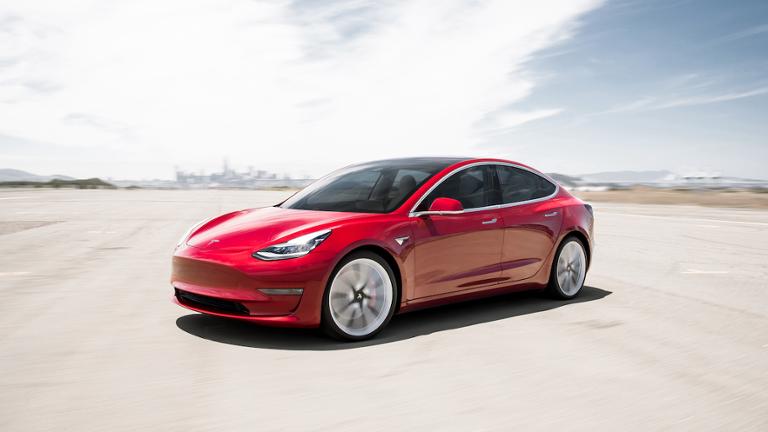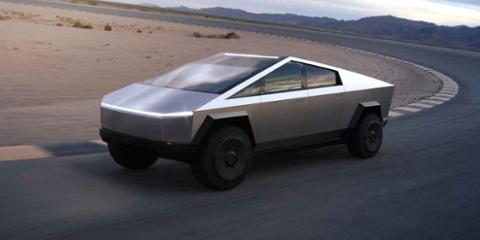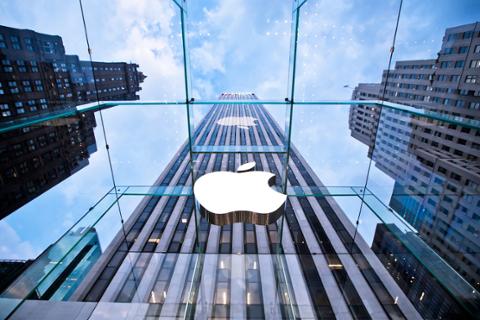For years, automobile companies have pursued the dream of autonomous driving. Tesla has promised that its vehicles will one day have the ability to drive themselves; traditional car giants have also built out research divisions devoted to self-driving vehicles. For all of these companies, the difference between success and failure will come down to highly skilled technologists’ ability to overcome some exceedingly complex challenges.
Given that complexity, software teams need effective managers who can ensure that project milestones are met on-time and on-budget. We’ve already examined how much software engineers earn at Tesla and Cruise, the latter a buzzed-about subsidiary of GM that’s focused on autonomous driving; now let’s take a look at software engineering managers, the ones responsible for ensuring those engineers get the job done.
For data, we turn to levels.fyi, which crowdsources data on technologists’ salaries at a wide range of companies. As we’ve said before, crowdsourcing isn’t the most scientific way of determining what a particular company pays its technologists, but we tend to trust levels.fyi’s ballpark figures because they generally align with the data presented by other websites, such as Glassdoor. With all that in mind, here’s the breakdown of software engineering managers’ compensation at Tesla and Cruise:
Let’s compare that to how much Cruise, Tesla, and GM all pay their entry-level software engineers (you’ll note that the compensation data has changed noticeably from when we ran this same study last year):
We can conclude a couple of things from this: First of all, a management track can prove lucrative, especially if you work at a company with a rapidly climbing stock price. Second, that stock price is a huge incentive as you climb the ranks, as it constitutes an ever-larger part of one’s compensation. Third, all of these companies pay solid salaries; if you’re truly interested in this industry, and interviewing at any one of these, your decision might all come down to location, company culture, and benefits.
As demonstrated in late 2020 when Uber decided to give up on the pursuit of autonomous-driving technology, getting cars to drive themselves with a minimum of human input is a tricky challenge—one that could take many years to conquer. If Cruise, Tesla, and other companies want to seize this particular prize, they’re going to need software engineers, data scientists, and other technologists who can think of brilliant and creative solutions.


